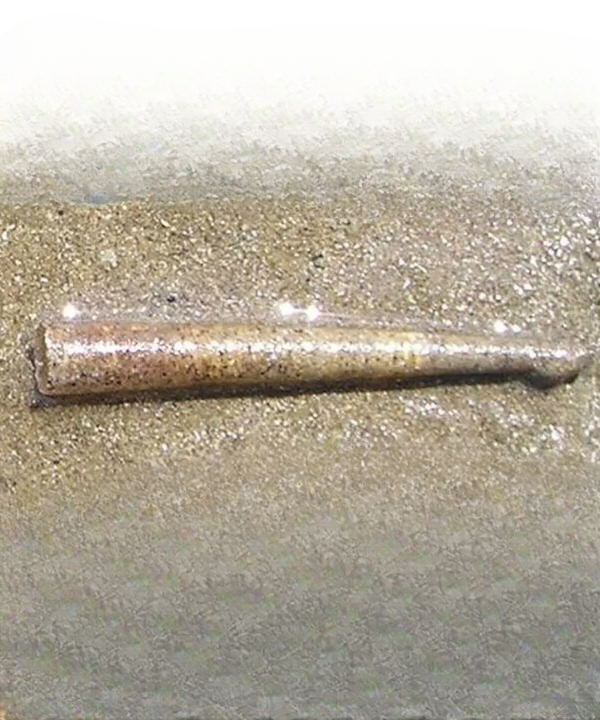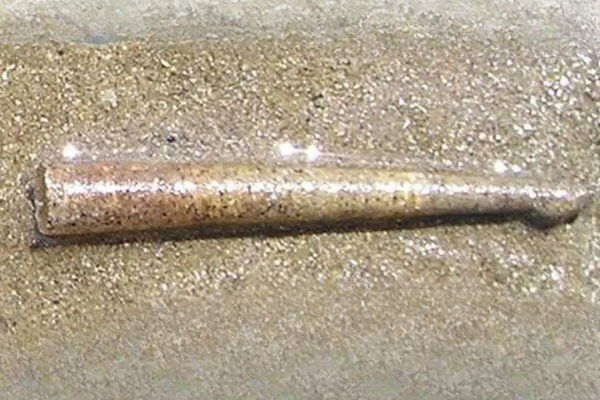Introduction
Along shorelines across the world, the natural world hides small wonders that often go unnoticed by adults but spark intense curiosity in children. One such marvel is the trumpet worm nest, a peculiar tube-like structure built by tiny marine creatures. At first glance, these formations can seem mysterious, even unsettling. They rise from the sand or cling to rocks, appearing as if they belong to another world entirely. For children, stumbling upon one of these strange nests can feel like uncovering a secret passage into the ocean’s hidden life.
Trumpet worm nests are not dangerous, but their odd appearance often triggers a mix of awe, wonder, and mild unease. Over time, those brief childhood encounters often stay imprinted in memory, serving as an early introduction to the complexity and creativity of marine ecosystems. In this article, we will explore trumpet worm nests in depth—what they are, how they are made, why they matter, and how they connect to broader themes of ecology, human curiosity, and environmental responsibility.
What Are Trumpet Worms?
Trumpet worms are a type of marine polychaete worm, belonging to a large family of segmented worms found throughout oceans and seas. Unlike earthworms, which burrow underground, trumpet worms live in marine environments and display an extraordinary survival strategy: they build protective homes from their surroundings.
Armed with tiny bristles along their bodies, these worms gather sand grains, shell fragments, and bits of organic matter, cementing them together into tubular shelters. The result is a trumpet-shaped or cylindrical structure that serves as both armor and camouflage. By blending into the environment, the worm can avoid predators, withstand harsh tides, and create a secure place to feed.
The ingenuity of trumpet worms lies in their ability to use available resources, crafting homes that not only protect but also showcase the delicate balance of marine ecosystems.
Childhood Encounters: Awe, Curiosity, and Unease
For many people who grew up near coastal areas, trumpet worm nests are part of childhood memories. Long days at the beach often meant digging in the sand, turning over rocks, and stumbling upon something that seemed alive yet strangely immobile.
Children often describe the sight of a trumpet worm nest as both fascinating and eerie. The tube stands rigid, unlike anything familiar on land. Some wondered if it was an insect’s lair, others imagined tiny sea monsters hiding inside. This sense of mystery often turned into storytelling—children daring one another to touch it, or inventing tales about what lived within.
Even without scientific knowledge, these early encounters with trumpet worm nests introduced children to important ecological lessons: nature is full of hidden systems, and every strange structure has a role to play in the web of life.
How to Identify a Trumpet Worm Nest
Trumpet worm nests can be subtle, but once you know what to look for, they become easier to spot:
- Shape and Structure: They are tube-like, rising vertically from sand or attached to rocks. Some may appear clustered together, creating small colonies.
- Texture: Because they are made of cemented sand grains and shells, the texture feels coarse, often rougher than the surrounding environment.
- Color: Their colors vary depending on local materials, from pale beige and sandy yellows to darker browns.
- Opening: At the top of the tube, a small opening exists where the worm extends its body to feed on passing organic matter. Observing this without disturbing the structure provides a rare glimpse into their hidden world.
Recognizing these characteristics not only satisfies curiosity but also fosters a deeper connection to the marine environment.
Nature’s Little Architects
One of the most impressive aspects of trumpet worm nests is the craftsmanship involved in their construction. Imagine a creature only a few centimeters long, working tirelessly to gather grains of sand and shell fragments, then cementing them with natural secretions into a structure that can withstand crashing waves and predatory threats.
This behavior highlights a broader theme in nature: survival often requires innovation. Just as beavers build dams, birds weave nests, and spiders spin webs, trumpet worms display engineering skills that rival larger, more celebrated animals. Their work reminds us that creativity in the natural world is not limited to the obvious or the visible—it thrives even in the smallest of creatures.
Why Do Trumpet Worm Nests Matter?
Beyond childhood curiosity, trumpet worm nests hold significant ecological importance.
- Protection for the Worm: The nest shields the worm from predators and harsh environmental conditions.
- Microhabitats: These nests can provide surfaces for algae, tiny crustaceans, and microorganisms to grow, supporting biodiversity.
- Erosion Prevention: By cementing sand and shell particles together, trumpet worms may contribute to stabilizing small areas of the seabed.
- Indicators of Ecosystem Health: The presence of trumpet worms often signals a healthy coastal environment. If their numbers decline, it may point to pollution, habitat destruction, or other ecological imbalances.
In this sense, trumpet worm nests are more than curiosities—they are active players in the coastal ecosystem.
Respecting Fragile Ecosystems
When encountering trumpet worm nests, the natural impulse might be to poke, prod, or even remove them from the sand. However, such actions can harm the worm inside and disrupt the fragile balance of its habitat.
The best approach is to observe respectfully. Parents and educators can encourage children to photograph the nests, draw sketches, or simply marvel at their presence without causing damage. These small acts of respect help foster environmental stewardship from an early age, teaching future generations that even the tiniest creatures deserve care and consideration.
Why These Encounters Stay With Us
Many adults can vividly recall their first brush with trumpet worm nests decades after it happened. Why do these experiences linger in memory?
- Mystery: The nests look alien compared to familiar land-based structures, leaving a strong visual impression.
- Emotion: Childhood encounters often blend curiosity with a touch of fear, creating memorable emotional experiences.
- First Lessons in Ecology: Discovering that something so small plays a vital role in nature often shapes a person’s worldview about the environment.
- Storytelling: These encounters frequently become stories shared with friends and family, further embedding them into personal history.
In many ways, trumpet worm nests act as gateways—introducing children and adults alike to the wonder, complexity, and hidden beauty of marine ecosystems.
Trumpet Worms in Folklore and Imagination
While not as widely known as other marine creatures, trumpet worms and their nests have inspired imaginative interpretations. In coastal communities, children sometimes weave myths about the structures being tiny castles, magical tunnels, or homes to unseen sea spirits. These stories, though whimsical, reflect humanity’s tendency to explain the unknown through creativity.
Such folklore demonstrates how natural phenomena shape culture and storytelling. Even if not part of formal legends, the trumpet worm nest holds a place in the informal mythology of childhood.
The Larger Lesson: Small Wonders, Big Impact
Studying trumpet worm nests reminds us of a broader truth about nature: the smallest things often carry the biggest lessons. These nests show how resilience, creativity, and survival can manifest in unexpected ways. They reveal how interconnected ecosystems are—how one worm’s home can provide shelter for other organisms, influence the sand’s stability, and inspire human curiosity.
In an age where environmental conservation is more urgent than ever, the humble trumpet worm nest teaches us to look closely at overlooked details. Protecting ecosystems does not only mean saving large, charismatic animals like whales or tigers. It also means preserving the tiny architects of the sea who, in their quiet ways, contribute to the planet’s health.

Conclusion
Trumpet worm nests are much more than childhood curiosities. They are small masterpieces of natural engineering, created by creatures that embody resilience and creativity. For generations, they have sparked wonder, inspired stories, and taught lasting lessons about respect for the environment.
By learning to observe without disturbing, we nurture not only the worms themselves but also a deeper appreciation for the delicate systems that sustain life. Next time you walk along a beach and spot a peculiar tube sticking from the sand, take a moment to pause. You are witnessing not just a worm’s shelter but a reminder of nature’s intricate artistry—a masterpiece hidden in plain sight.



